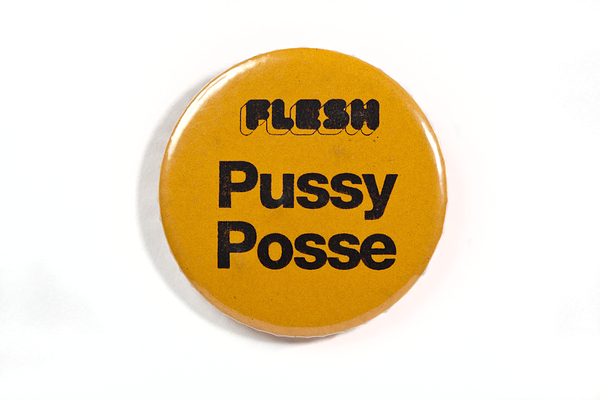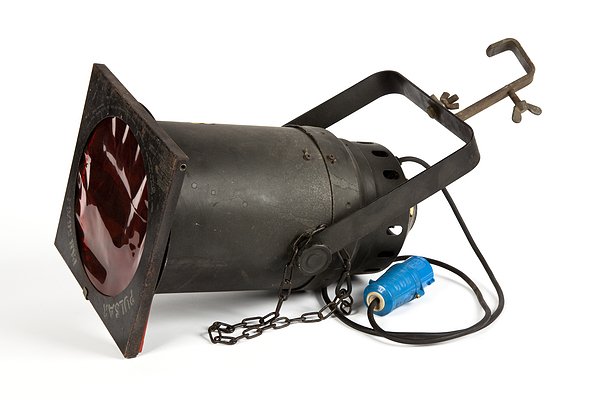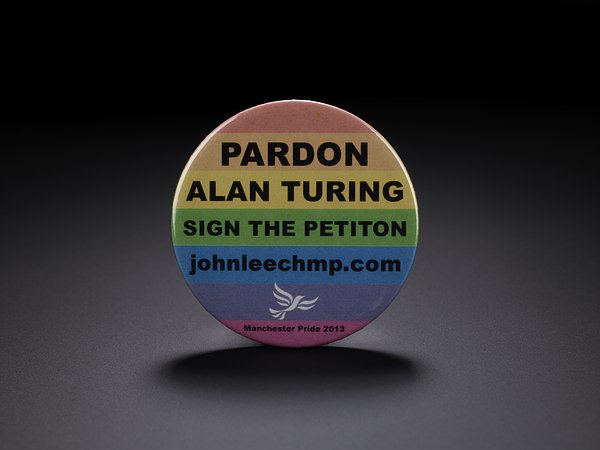Canal Street gets its name from the Rochdale Canal that flows alongside it, which was used to transport materials and goods to and from Manchester’s many mills and factories, fuelling the Industrial Revolution. The buildings that are now home to iconic clubs and bars were once warehouses and workshops used by merchants to house cotton, cloth and building materials.

Wikimedia Commons
Following the opening of the Liverpool and Manchester Railway in 1830 the use of canals began to decline in favour of the much faster and more convenient method of transporting goods that steam engines provided. By the end of the 19th century rail had firmly replaced the canals as the primary mode of transportation between Manchester and Liverpool.
It was this industrial decline of Canal Street that saw it take on another use as a clandestine meeting place. Until 1967, all homosexual acts between men were illegal, which meant that to avoid both legal and social persecution, gay people were forced to meet in secret. Dark, deserted, but in an accessible central location, Canal Street became a popular meeting spot. The canal didn’t go entirely disused in this time, however. Police patrols regularly conducted sweeps in speedboats equipped with spotlights, looking to arrest anyone engaging in ‘licentious behaviour’ for the next two decades.
In the 1950s the New Union pub, which sits on the corner of Canal Street to this day, became a central meeting place for Manchester’s queer community. Its clouded glass windows protected those visiting from being spotted by curious eyes. Spaces such as the New Union, The Rembrandt, and the numerous pubs, bars and clubs that followed suit were vital to the LGBTQ+ community. More than just a place to meet romantic and sexual partners, these venues fostered a sense of community by providing the opportunity to meet like-minded people with a shared identity. They were a place to socialise, dance and have fun, where people could express themselves and feel accepted.
In the late 1980s and 1990s Manchester’s nightlife boomed. The Hacienda was a legendary venue that shaped the music scene in Manchester and beyond. In 1991 it launched a monthly gay club night called Flesh. With a combination of DJs, fashion shows, and live performances from bands such as Take That and The Pet Shop Boys, Flesh was a huge success and ran for 5 years. This club night created an integration between Manchester’s LGBTQ+ community and club scene. Flesh’s glitz and glamour thrust queer nightlife into the Hacienda’s heteronormative spotlight.

Science Museum Group Collection © The Board of Trustees of the Science Museum

Science Museum Group Collection © The Board of Trustees of the Science Museum
Another landmark moment in Manchester’s queer history was the opening of Manto in the Gay Village in 1990. It was the first venue in the area to have large glass windows for anyone to see inside, instilling an out-and-proud mentality amongst clubgoers.
Alongside joy and celebration, Manchester’s Gay Village also has a history of community activism and resistance. From when they first appeared in the 1950s and 1960s until well into the 1980s, queer venues were frequently raided by police in an effort to shut them down. The community persevered and saw that these venues continued to thrive.
The gardens adjacent to Canal Street also hold three important sites of LGBTQ+ history: the HIV memorial, the Transgender memorial, and Alan Turing’s statue. It was here in Manchester that Turing carried out some of his most important work which was central to the development of modern computing as we know it. Whilst his career thrived, he was forced to keep his identity as a gay man a secret at a time where homosexuality was criminalised. In 1952 he was convicted of ‘gross indecency’ when his sexuality was discovered.
Two years later, in June 1954 at the age of just 41, Turing ingested a large amount of cyanide solution at his home in Wilmslow, Cheshire, and was found dead the next day. The coroner recorded a verdict of suicide, opining that Turing’s ‘mind had become unbalanced’ but the full circumstances of his death remain a mystery.
Turing was posthumously pardoned in 2013 and ‘Turing’s Law’ was introduced in 2017 which pardoned other gay men who were also convicted under these historical homophobic laws in Britain.

The two memorial plinths in Sackville Gardens provide a focal point for candlelit vigils that mark the beginning of Pride every year, and around which the first Pride celebrations coalesced. Manchester’s first Pride took place in 1985 as a small charity event to support people with HIV and AIDS. From this first event to 2024, Pride events in Manchester have continued to grow and now take place all across the city over the August bank holiday weekend. If you’re watching this year’s Pride parade look out for our Science and Industry Museum float!
Canal street and the Gay Village remain a place of pilgrimage for many in the LGBTQ+ community of Manchester and beyond to feel connected and celebrate their identity.